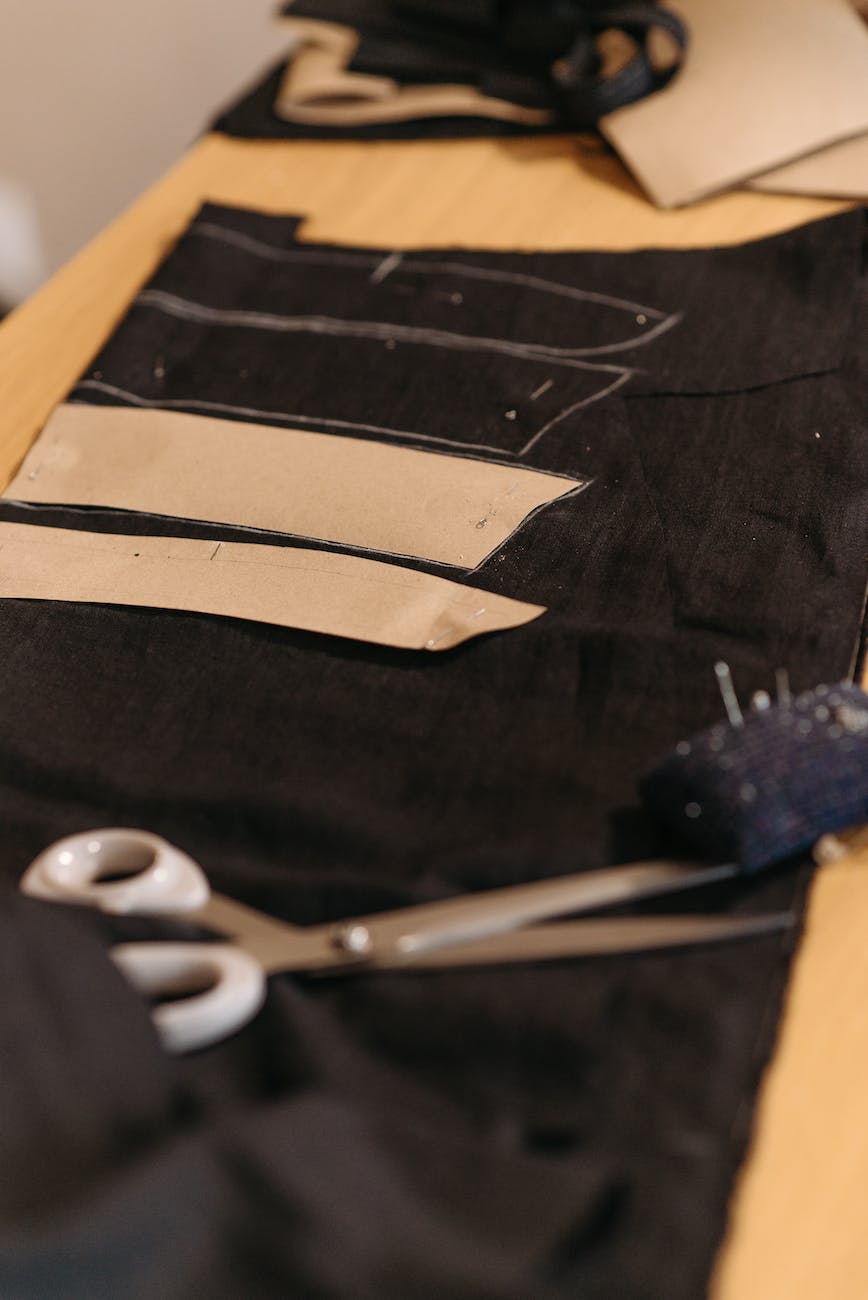sewing with recycled materials: upcycling for eco-friendly fashion
Reduce waste by giving used textiles inventive new life.
The fashion industry is one of the most polluting industries in the world. Every year, billions of pounds of textiles are thrown away. This waste ends up in landfills, where it can take hundreds of years to decompose.
Sewing creatively with recycled materials is a great way to reduce textile waste. When you sew with recycled materials, you are giving old textiles a new life. You are also helping to reduce the demand for new textiles, which helps to protect the environment.
There are many different ways to sew with recycled materials. You can use worn t-shirts, vintage linens, damaged clothing, or even fabric scraps. You can use these materials to make new garments, accessories, or home decor.
Upcycling thrifted finds and existing fabrics on hand is another great way to sew sustainably. When you upcycle, you are taking old materials and giving them new life. This is a great way to save money and reduce waste.
By sewing with recycled materials, you can build eco-conscious wardrobes and decor unique to your style. You can create pieces that are both stylish and sustainable. You can also be proud knowing that you are helping to protect the environment.
Here are some additional tips for sewing with recycled materials:
- Be creative and think outside the box. There are endless possibilities when it comes to sewing with recycled materials. Don’t be afraid to experiment and try new things.
- Use the right tools and techniques. Some recycled materials may require special tools or techniques. Do some research to make sure you are using the right materials and techniques for your project.
- Be patient. Sewing with recycled materials can be a bit more challenging than sewing with new materials. Be patient and take your time.
With a little creativity and patience, you can create beautiful and sustainable garments, accessories, and home decor from recycled materials.
Why Upcycle Sewn Items?
- Diverts textile waste from landfills by extending usable life of materials
- Offers low waste alternative to constantly purchasing fast fashion
- Makes existing materials feel fresh, new, and more precious again
- Provides outlet for creative expression through reinvention
- Allows very one-of-a-kind customized fashions and home goods
- Saves money by repurposing found fabrics versus buying new
- Builds sewing skills figuring out how to work with different existing materials
Best Fabrics for Upcycling Fashion
Vintage linens – Tablecloths, doilies, handkerchiefs, aprons contain beautiful stitchwork to highlight. Look for quality fabrics no longer made.
Thrifted clothing – Repurpose stained, damaged, or out-of-style garments by reconceiving as new items.
Old blankets and quilts – Cut up pieces to upcycle into coats, accessories, bags, etc. Preserve quilting.
Fabric scraps – Use every last bit creatively. Collage together mismatching scraps into patchwork.
Found materials – Give unexpected items like leather belts, silk ties, or plastic signage an imaginative second life.
Natural fibers – Seek quality wool, silk, linen, and cotton to extend longevity versus fast synthetics.
Vintage trims and buttons – Incorporate old notions meaningfully into newer looks.
Tips for Successful Upcycling
- Pick high quality durable starting materials built to last generations
- Study materials to understand structure, grain, and how to work with
- Make paper patterns by tracing directly onto materials themselves
- Find the beauty in flaws like faded areas and use creatively in design
- Allow process to guide you – let the fabrics speak to new possibilities
- Mix modern with vintage for contemporary looks from historic fabric bases
- Document design process and story of materials to add meaning
Upcycled style choices reflect cherished heirlooms made modern. By giving unloved items new purpose, sewists can create unique and stylish pieces that are both sustainable and personal.
Here are some examples of upcycled style choices:
- Repurposed vintage clothing: Vintage clothing can be transformed into new garments with a fresh twist. For example, a vintage dress could be turned into a skirt or a top.
- Upcycled fabric scraps: Fabric scraps can be used to make new garments, accessories, or home decor. For example, fabric scraps could be sewn together to make a patchwork quilt or a pillow.
- Recycled materials: Recycled materials, such as plastic bottles or old jeans, can be used to make new garments, accessories, or home decor. For example, plastic bottles could be turned into a tote bag or a plant pot.
Upcycled style choices are a great way to reduce waste, save money, and express your creativity. They are also a great way to create unique and stylish pieces that are sure to turn heads.
Here are some additional tips for making upcycled style choices:
- Be creative and think outside the box. There are endless possibilities when it comes to upcycling. Don’t be afraid to experiment and try new things.
- Use the right tools and techniques. Some upcycling projects may require special tools or techniques. Do some research to make sure you are using the right materials and techniques for your project.
- Be patient. Upcycling can be a bit more challenging than buying new clothes. Be patient and take your time.
With a little creativity and patience, you can create beautiful and sustainable garments, accessories, and home decor from upcycled materials.
